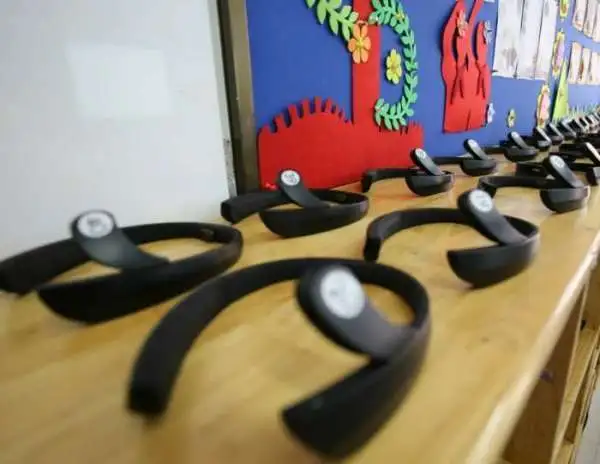Chinese schools have been experimenting with the use of Artificial Intelligence (AI) in classrooms to enhance education. One example is Jinhua Xiaoshun Primary School, which used special headbands developed by US-based BrainCo to measure students’ concentration levels.
These headbands provided real-time data on student engagement, aiming to help teachers tailor instruction to individual needs. However, the use of such technology has faced backlash, leading some schools to remove it.
In other classrooms, cameras equipped with facial recognition software are used to monitor students’ behavior. AI technologies analyze student actions and assign scores based on concentration levels.
The Chinese government supports the adoption of “smart classrooms” to advance education in the country, driven by fierce competition. The gaokao, a college placement test, is crucial for students aiming to secure a spot in top universities. With education being closely linked to success, parents seek ways to gain a competitive edge, leading to a willingness to embrace new technologies.


